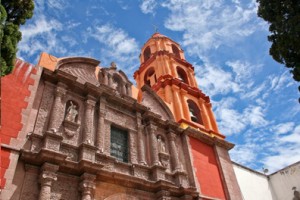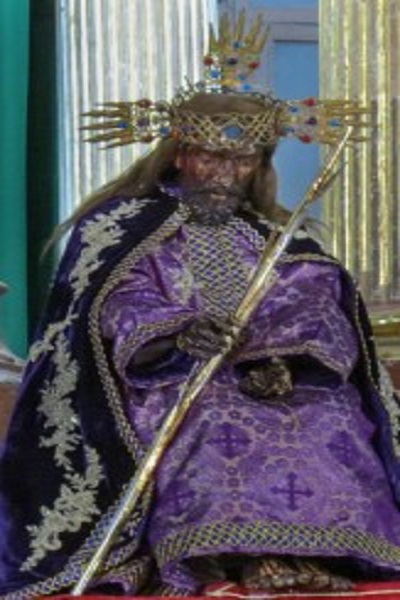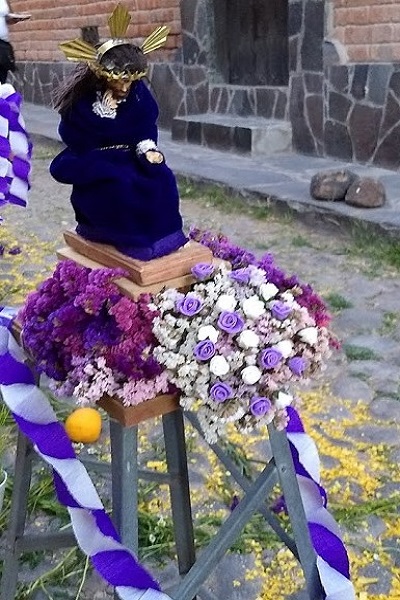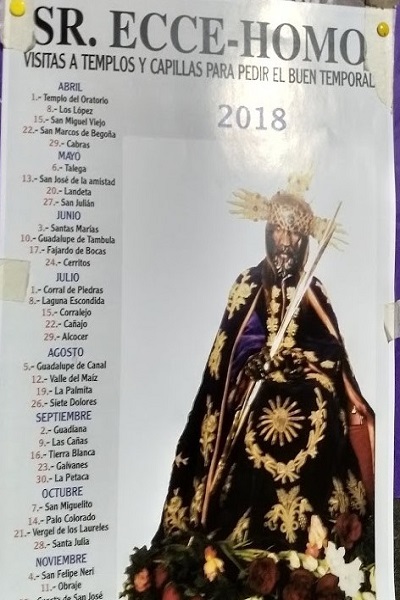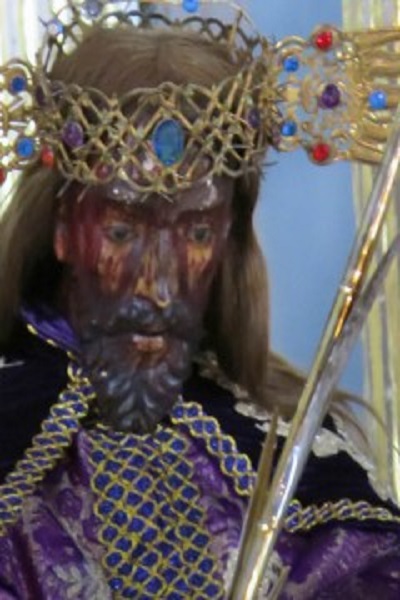In the Chapel to Good Health on Plaza Civic is a Raggedy Andy sized image of Jesus sitting and looking both dazed and covered in blood. He is Ecce Homo an image of Christ as Latin for “Behold the man” as Pontius Pilate let the crowd choose between Barabbas, the murder, and Jesus for whom to set free. The crowd, obviously, went for Barabbas and Pontius Pilate washed his hands of situation fooling no one of his role in history forever.
A life sized image made of corn stalks was created in 1712 making it the oldest statue we have in town. He was placed in the Oratorio as the indigenous took to the image of Ecce Homo in large part because they could identify with the friars that served the Oratorio then. The friars, like the indigenous, lived simple lives, didn’t own shoes, lived in poverty, slept on the floor and ate the same tortillas and chilies as the indigenous.
Ecce Homo also represented the circular nature of life and God that indigenous believed. They had been worshipping at the same spot the Oratorio was built upon for 250 years before the Spanish arrived.
In Colonial times the first two weeks of the New Year featured celebrations with bull fights, cock fights, plays and music. However, by the end of the 18th century the image of Ecce Homo was placed in a chapel behind the main altar of the Parroquia the indigenous could not access, though the cult of Ecce Homo continued to be popularly celebrated until the mid -20th century.
Today for two weeks starting the New Year Ecce Homo sits in the Parroquia’s main altar. The celebration culminates in a grand procession featuring hours of indigenous dancing in front of the Parroquia in praise of the sun, earth and the cross. The image of Ecce Homo that provides good weather and harvest attracts pilgrims from the surrounding rural communities, where agriculture remains a way of life. Ecce Homo is believed to allowed Sanmiguelenses to survive drought, frost and other weather disasters that could harm the harvest.
The much loved and honored statue of Ecce Homo is the most ancient statue carried in Holy Week processions.
Other than January and Holy Week, the ancient image was kept behind closed doors but not this year! Ecce Homo was gone on tour visiting chapels in and around San Miguel each and every week prompting many celebrations, a bit of bell ringing and some of those little heard fireworks. So if want to see our oldest art (aside from the cave art around town) come see Ecce Homo on tour!
Joseph Toone is the Historical Society’s short-story award winning author of the SMA Secrets book series. All books in the series are Amazon bestsellers in Mexican Travel and Holidays. Toone is SMA’s expert and TripAdvisor’s top ranked historical tour guide telling the stories behind what we do in today’s SMA. Visit HistoryAndCultureWalkin

